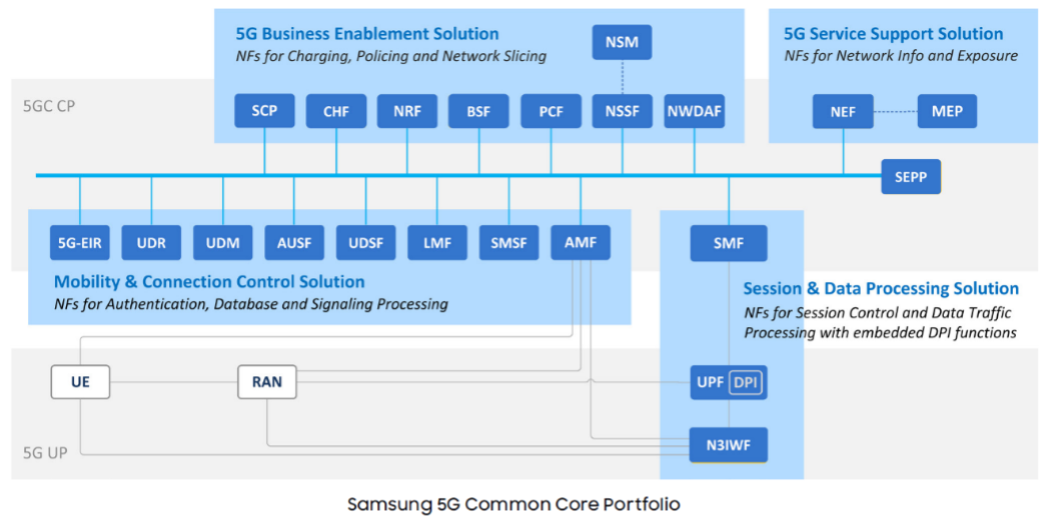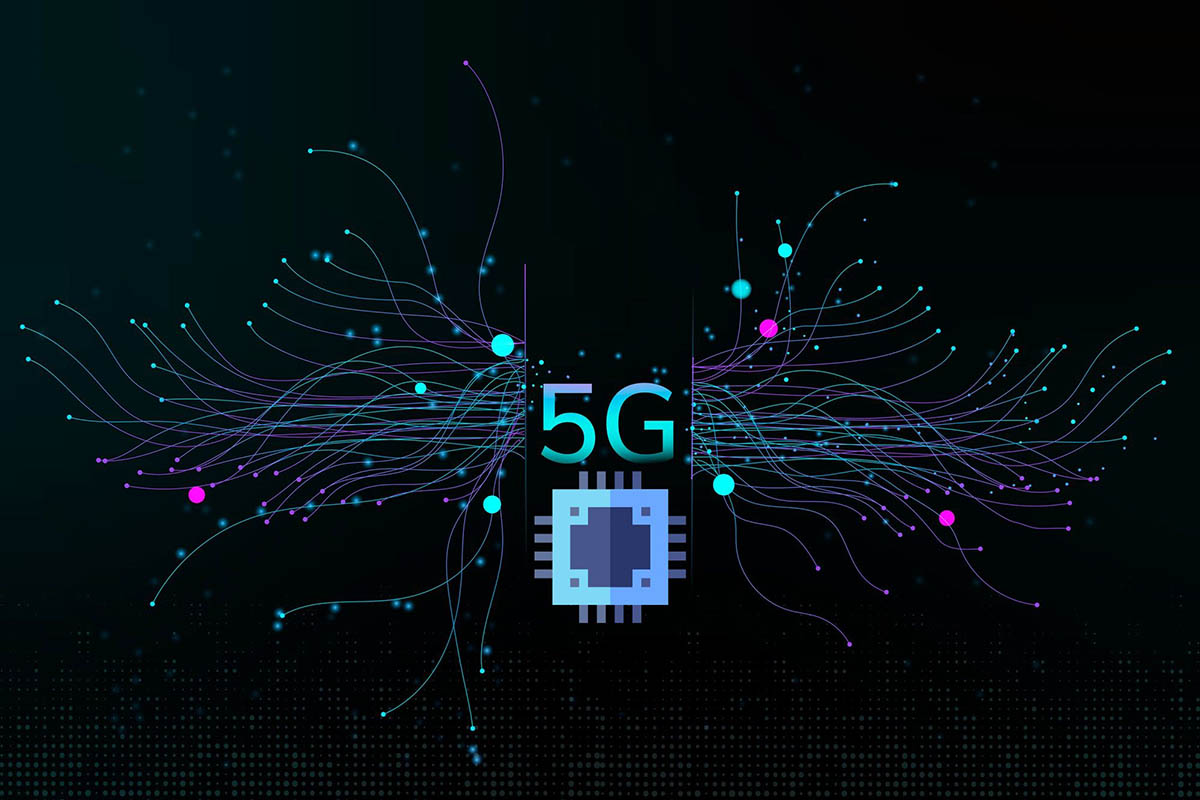The innovation of mobile network is measured by the number before Generation (G). The last innovation, 5G, is expected to take off ground in 2020 horizon. Unlike the previous generation of mobile network, 5G supports at least three vertical services. Each service has unique characteristics. Those three services are Enhanced Mobile Broadband(eMBB), Massive Machine Type Communication, and Ultra-reliable and low-latency communication. 5G delivers multi-Gpbs peak rates, ultra-low latency, and massive capacity. This empowers 5G to interconnect not only humans, but also objects, machines and devices.
Qualcomm estimates that more than 340 operators are investing in 5G and at least one billion 5G devices will be connected by 2023. The total number of 5G connections will also nearly triple to 2.8 billion by 2025.
Design Principal of 5GCore
5GCore is completely different architecture compared to the previous generation of mobile core network. New design of 5Gcore is centered around SDN, and Service Based Architecture (SBA) principals, driven by IT technologies. The New core intends to be a single core that supports different types of access network.
Control and User Plane split: Software Defined Network (SDN) is the separation of the control and data plane in a standard manner. This enables single control plane entity to manages many data plane entities. Second benefits is that control and data plane entity can be developed and scaled independently. SDN is mentioned as Control and User Plane Separation (CUPS) in 3GPP core network.

A single Core network for any type of Radio Access Technologies (RAT): 5GCore is designed in a manner that different RATs (both 3GPP and non-3GPP) can be easily integrated into a single core network.
Service Based Architecture (SBA): 5GCore proposes network functions, unlike the network nodes in pre-5G network. These functions interact with others with well-defined APIs that can be Request/response, and pub/sub methods.
Stateless: Stemmed from the cloud concept, stateless is promised to keeping the processing and storage as a separate entity. Therefore, NF becomes highly scalable and available in the case of failure.
Cloud-native: IT technologies such as NFV and cloud transform the way of creating, deploying, operating and managing the network application. The network application becomes cloud native applications when it follows the micro service architecture.
Micro-service architecture separates the individual task of the application that intends to do into separate services. Those services can developed and managed independently, with their own API, rollout, scaling and quota management. Micro-services are independent, modular, dynamic, and ephemeral. They can be distributed across many hosts, clusters, or even clouds.
Cloud native architecture based on micro-service and containers is a key technology to enable automatic network function life cycle management. Micro service architecture is adopted for 5Gcore network functions when deploying in cloud environment.
To understand more on 5GC, please do not hesitate to contact Telecontran to attend workshops on any of the following topics:
- Workshop on 5G Technology
- 5G and IoT Network design, Planning and Applications
- 5G New Radio (NR) Design and Planning
- 5G Core (5GC) Network


